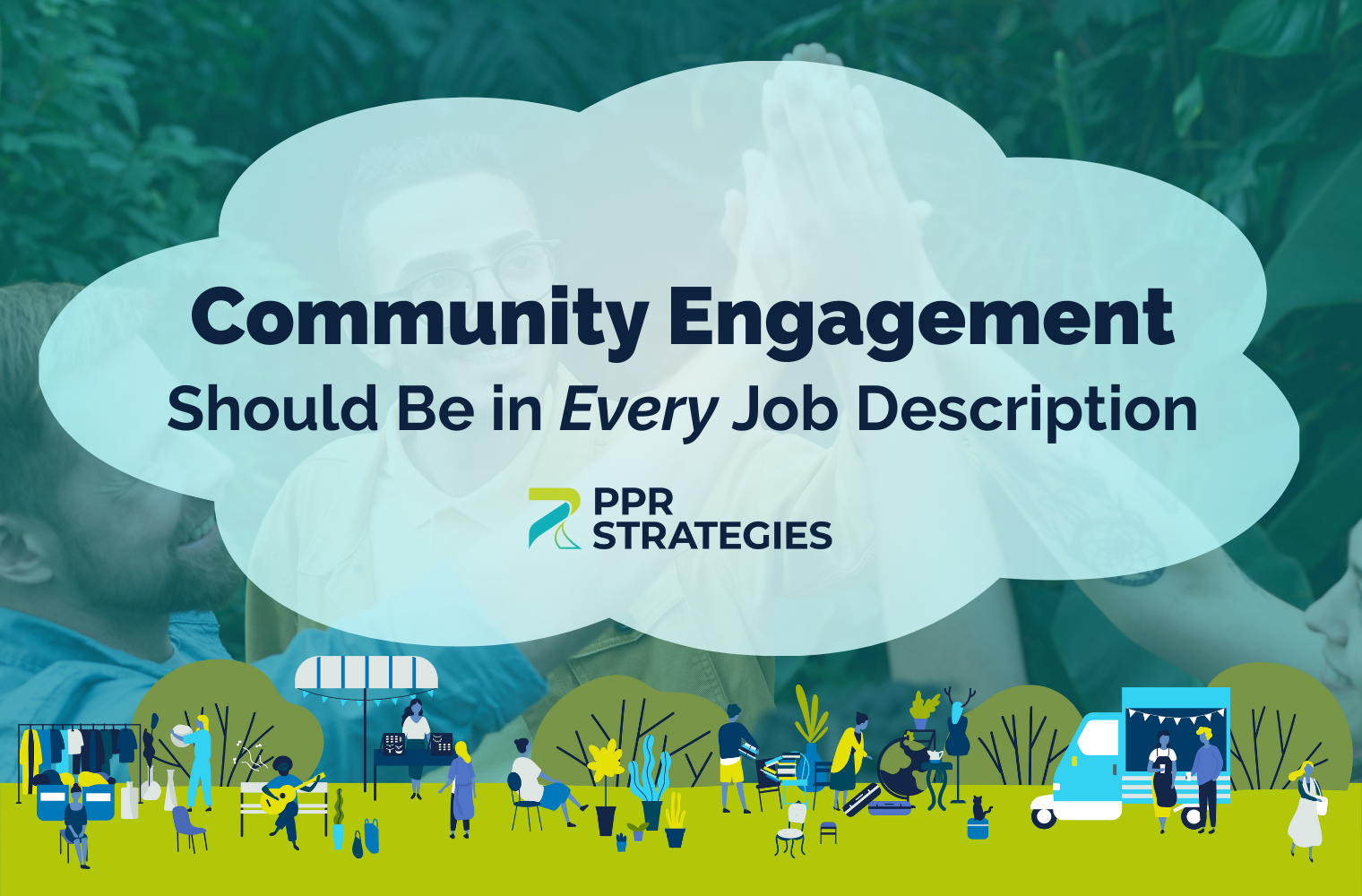This summer, we expanded our garden. And this was no small project! We took down trees, put up an electric fence, and tripled the garden’s size. Now, our garden needs more manpower and time to manage all of the planting, seeds, weeding, and picking required!
The exciting thing is, now, we’re generating a great return for our garden.
I just finished canning a batch of green beans; we’ve made zucchini bread, pico di gallo and a lot more.
As I was canning green beans, I started to think about how the basics of marketing can be applied in every element of life… like gardening!
In your marketing, you may have a small budget allotted for staff time and the content you create for your website, newsletters, social media. And your results may be okay. Then, there may be times when you want to crank it up a bit — and that’s when you can start to expect greater returns on that investment.
Now, we could have bought out every farmers market for the next five weeks and had less invested than what we did in this garden expansion project! We see our garden as a long-term investment strategy. This summer, we may not get an immediate return on our entire investment, but we hope to get it over the next five years. (In the meantime, we’re enjoying the process and the early results.)
Similarly, you may need to have a long-term marketing strategy or long-term online strategy.
Let’s say you invest in a new website. Now, you need to continue to cultivate that website with frequent content updates (i.e. blogs, news updates, etc). You could start seeing immediate results (like a new client in first month of new site launch), but you’ll see even greater results over time. The more time and attention you pay to your website, the greater the return you’ll see.
We aren’t just going to wait until next summer to get the crop we want — we’re going to start cultivating and tweaking our garden now. Similarly, to get results with your marketing plan, you can’t just wait until the last moment. It’s about planting seeds now.
Additionally, there are outside influences that come into play. There may be too much rain, or not enough rain; it could be a buggy year or there could be bad seeds.
That’s why it’s important to always be monitoring & tracking results — so that we can make a plan for what’s working and what we need to do.
We’ve learned our lessons. This year, we’ve planted way too much kale — but not enough cabbage. So next year, we will continue to modify and tweak our “gardening plan” to get the results we want.
What are you hoping to “plant” in your business this year? Write back and let me know!
Save
Save








